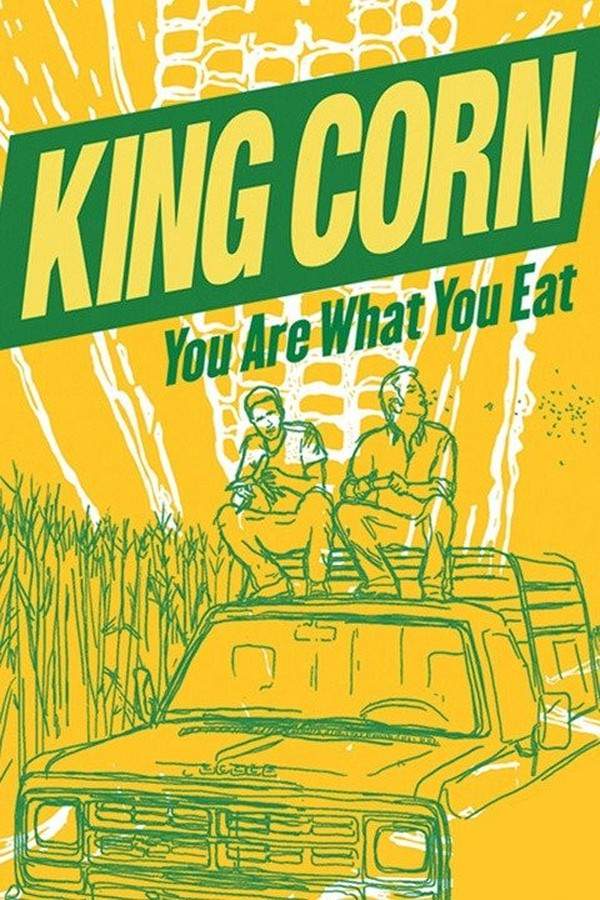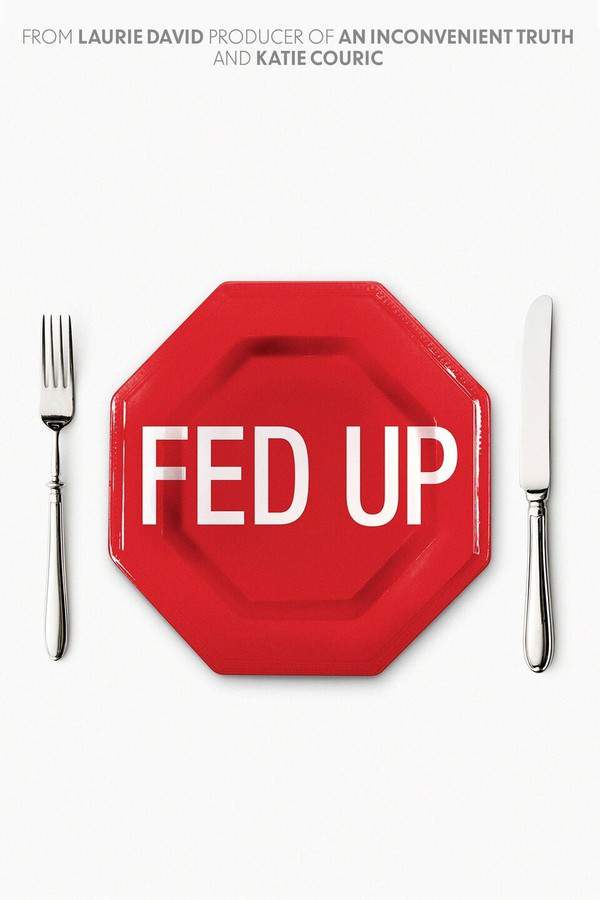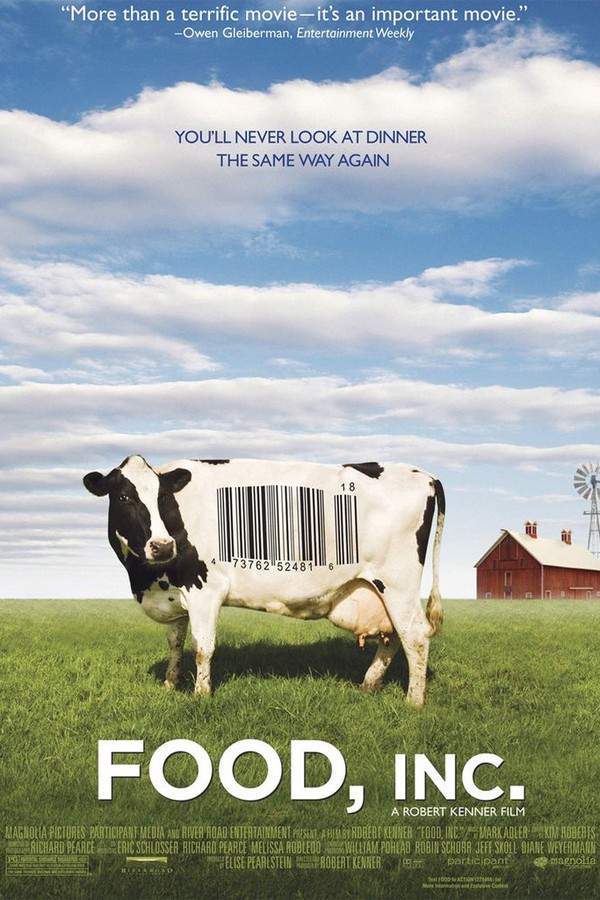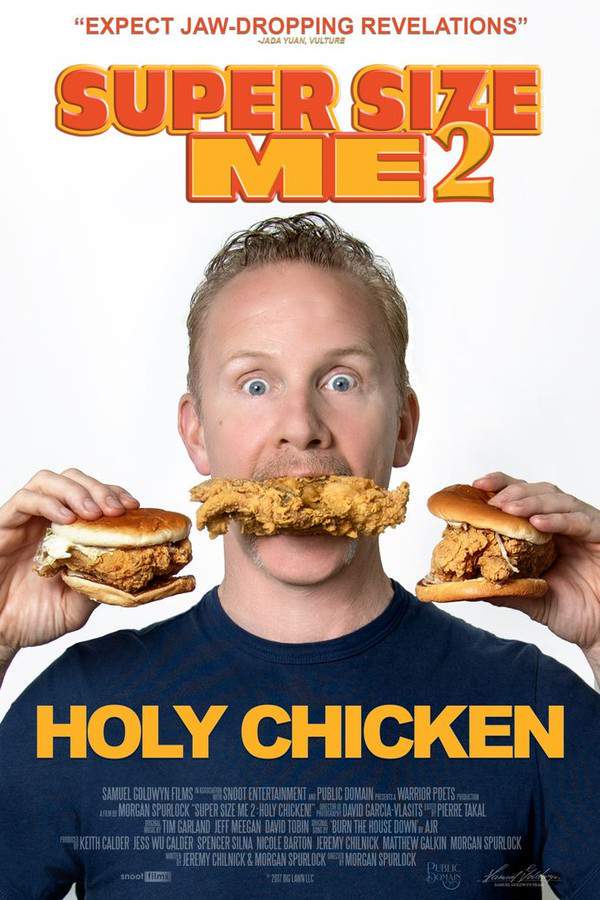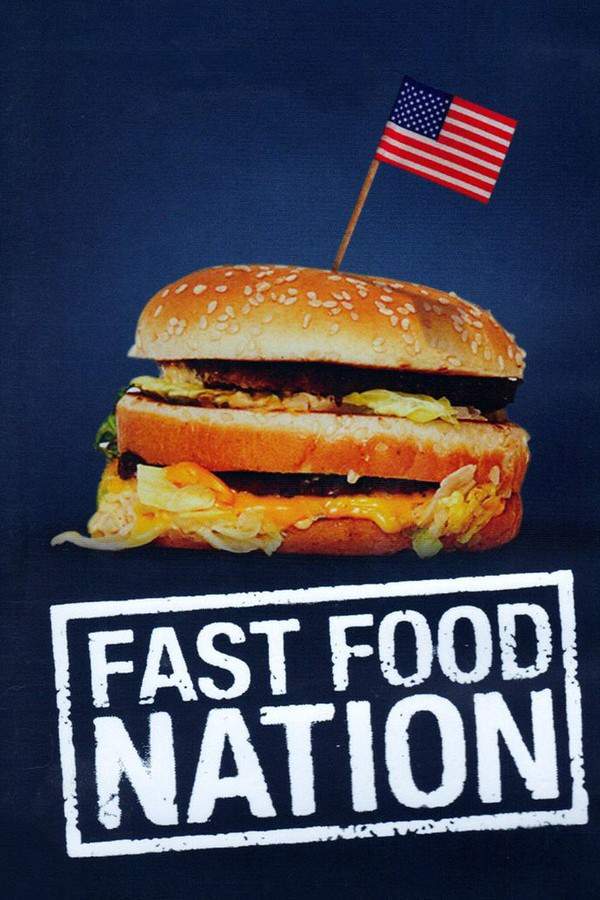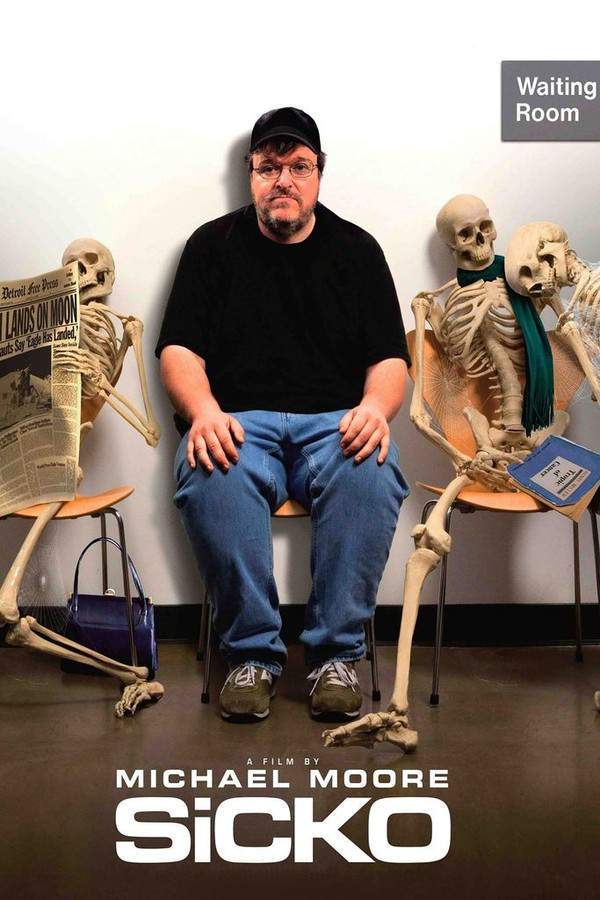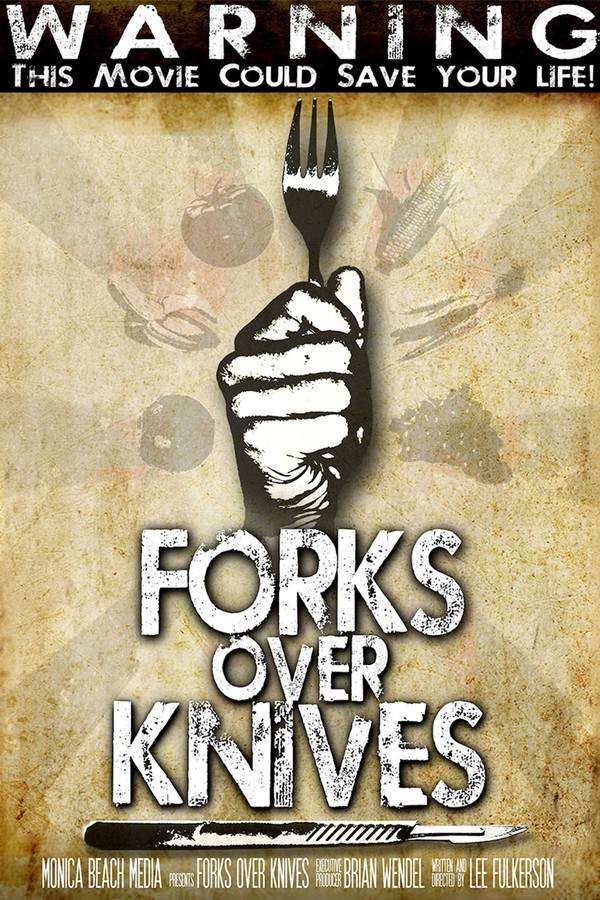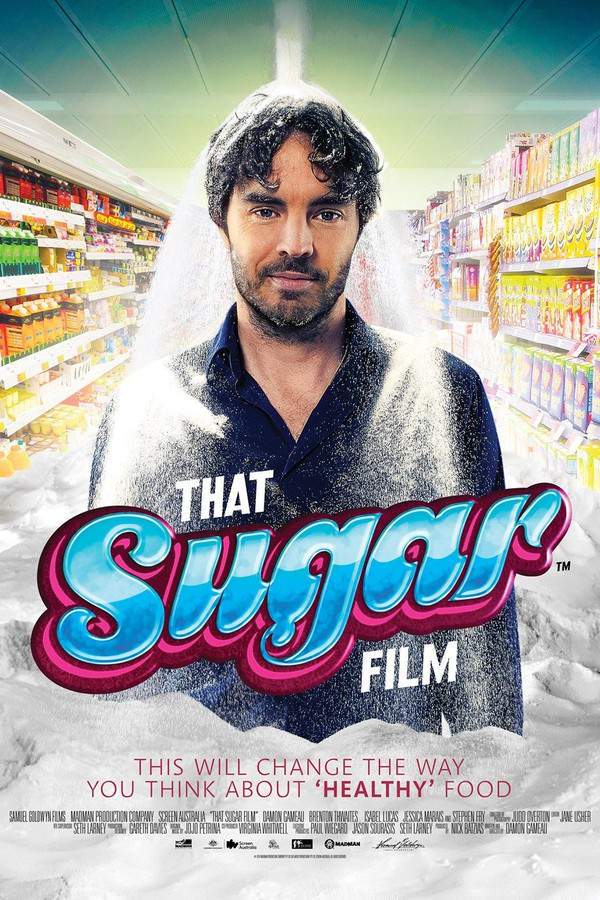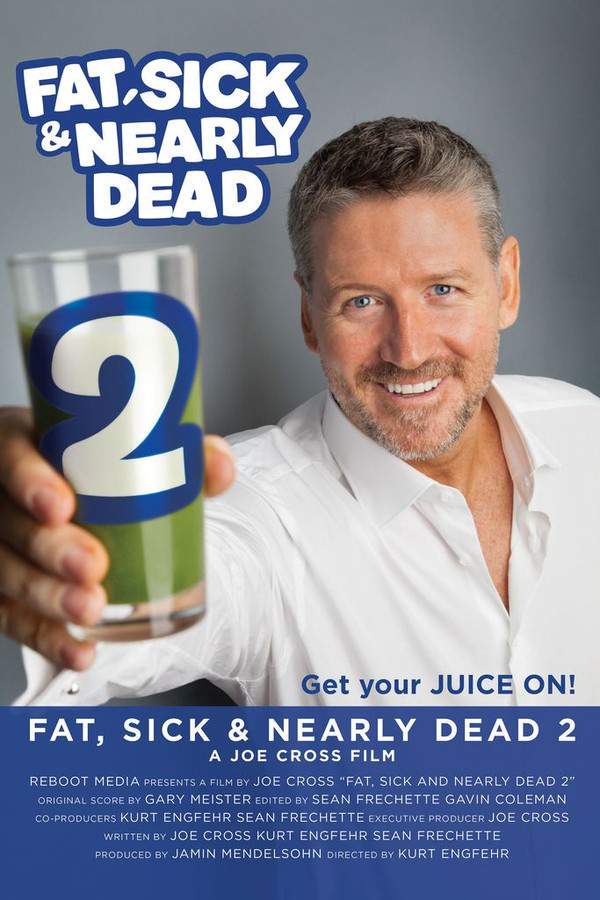Super Size Me 2004
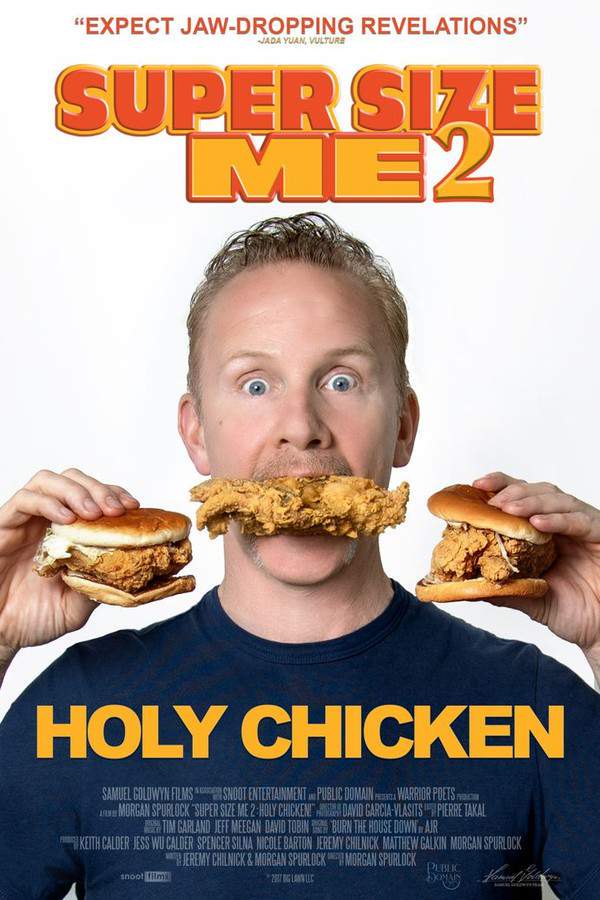
This documentary follows director Morgan Spurlock as he explores the potential health effects of fast food by consuming only McDonald's meals for thirty days. The experiment leads to a surprising and disturbing physical decline, as he experiences fatigue, weight gain, and other unsettling health consequences. The film examines the impact of this diet on his body and raises questions about the fast food industry’s influence.
Does Super Size Me have end credit scenes?
No!
Super Size Me does not have end credit scenes. You can leave when the credits roll.
Meet the Full Cast and Actors of Super Size Me
Explore the complete cast of Super Size Me, including both lead and supporting actors. Learn who plays each character, discover their past roles and achievements, and find out what makes this ensemble cast stand out in the world of film and television.
External Links and Streaming Options
Discover where to watch Super Size Me online, including streaming platforms, rental options, and official sources. Compare reviews, ratings, and in-depth movie information across sites like IMDb, TMDb, Wikipedia or Rotten Tomatoes.
Ratings and Reviews for Super Size Me
See how Super Size Me is rated across major platforms like IMDb, Metacritic, and TMDb. Compare audience scores and critic reviews to understand where Super Size Me stands among top-rated movies in its genre.

73
Metascore
6.9
User Score


%
TOMATOMETER

0%
User Score

7.2 /10
IMDb Rating

68
%
User Score
Take the Ultimate Super Size Me Movie Quiz
Challenge your knowledge of Super Size Me with this fun and interactive movie quiz. Test yourself on key plot points, iconic characters, hidden details, and memorable moments to see how well you really know the film.
Super Size Me Quiz: Test your knowledge about the film 'Super Size Me' and its fascinating exploration of fast food culture.
What is the primary diet that Morgan Spurlock follows during his experiment?
Vegan meals
Home-cooked meals
McDonald's meals
Organic meals
Show hint
Awards & Nominations for Super Size Me
Discover all the awards and nominations received by Super Size Me, from Oscars to film festival honors. Learn how Super Size Me and its cast and crew have been recognized by critics and the industry alike.
77th Academy Awards 2005
10th Critics' Choice Awards 2005
Best Documentary Feature
Full Plot Summary and Ending Explained for Super Size Me
Read the complete plot summary of Super Size Me, including all major events, twists, and the full ending explained in detail. Explore key characters, themes, hidden meanings, and everything you need to understand the story from beginning to end.
As Super Size Me unfolds, renowned documentarian Morgan Spurlock](/actor/morgan-spurlock) embarks on a daring experiment, aiming to unveil the health impacts of a month-long diet consisting solely of McDonald’s food. At the time of filming in 2003, Spurlock, then 32, was in average physical condition as confirmed by a team of medical professionals, including doctors and a nutritionist. To monitor his health during this unprecedented binge, he recruited three doctors: a cardiologist, a gastroenterologist, and a general practitioner, all of whom cautioned him about the potential health consequences but remained optimistic about the human body’s adaptability. Prior to this experiment, Spurlock adhered to a healthy and varied diet, notably enjoying vegan dinners prepared by his girlfriend, Alexandra, a vegan chef.
At the outset of his journey, he stood tall at 6 feet 2 inches (188 cm) and weighed 185.5 lb (84.1 kg). Spurlock initiated his routine in Manhattan, a neighborhood filled with numerous McDonald’s outlets, deliberately limiting his physical activity to the average American’s 5,000 daily steps. His stringent guidelines permitted him to consume three complete meals from McDonald’s daily, requiring him to sample every menu item at least once over the 30 days—accomplishing this feat in just nine days. Furthermore, he had to obligingly SuperSize his meals only when prompted by the staff, and strictly avoid any external food sources, including water.
As the experiment progressed, Day 2 marked Spurlock’s first SuperSize experience, culminating in a calorie-laden meal comprising a Double Quarter Pounder with Cheese, enormous fries, and a 42 oz Coke, which he struggled to finish within 52 minutes. The resulting discomfort led him to an unfortunate episode of vomiting outside the fast-food establishment.
By the end of the first week, Spurlock found himself nearly 10 pounds heavier, tipping the scales at about 195 pounds. He soon began to experience signs of depression, lethargy, and persistent headaches—symptoms he found temporarily alleviated by consuming McDonald’s meals. One concerned doctor alarmingly labeled him as “addicted.” Rapid weight gain followed, ultimately leading Spurlock to reach a staggering 210 pounds (95.5 kg) by the end of the month—a total increase of 24.5 pounds (about 11 kg). Notably, he intentionally refrained from taking any medication throughout his month-long odyssey.
Alexandra Jamieson, Spurlock’s girlfriend, observed a considerable decline in his overall energy and libido during this experiment, raising doubts about whether he could withstand the full month of such a restrictive, high-fat, and high-carb diet. By Day 21, Spurlock experienced concerning heart palpitations, prompting a visit to his internist, Dr. Daryl Isaacs, who urgently recommended he cease the experiment to avoid serious health complications. Dr. Isaacs ominously drew parallels between Spurlock’s plight and characters in tragic narratives, warning that he might be on a reckless path resembling that of Nicolas Cage’s character in Leaving Las Vegas.
Despite the warnings, Spurlock persisted until the 30th day, achieving his goal while indulging in the SuperSize option nine times—five in Texas and three in New York City. The extent of his health deterioration shocked the doctors involved; one expressed concerns about irreversible heart damage, indicating the risk of a heart attack remained even if Spurlock lost all the weight gained during this risky venture. He actually consumed as many McDonald’s meals over the month as a typical individual would over eight years, devouring a total of 90 meals during this period.
As the film concludes, it reveals that it took Spurlock around five months to shed 20 pounds (9 kg) and an additional 9.5 months to lose the remaining 4.5 pounds. His recovery supervision was graciously provided by Alexandra Jamieson, who proposed her detox diet as a sustainability measure, later serving as the cornerstone for her book, The Great American Detox Diet.
The film provocatively concludes with the assertion, “The bottom line, they’re a business, no matter what they say, and by selling you unhealthy food, they make millions, and no company wants to stop doing that.” It raises a haunting question, “Who do you want to see go first, you or them?” accompanied by a satirical cartoon tombstone for Ronald McDonald, humorously dated “1954-2012,” underscoring the ethical debate surrounding the marketing practices aimed at children. An epilogue in the DVD release notes McDonald’s discontinuation of the Super Size option shortly after the film’s release, alongside its shift toward healthier menu items. However, it cautions that even salads can be calorie-laden if manipulated with excessive dressing and cheese. The narrative also highlights Spurlock’s reflections on the troubling marketing strategies used by McDonald’s targeting vulnerable children— a point he jokingly underscores by suggesting he would counter the socialization of his eventual offspring with extreme measures, including physical intimidation whenever they encounter the golden arches.
Uncover the Details: Timeline, Characters, Themes, and Beyond!

Coming soon on iOS and Android
The Plot Explained Mobile App
From blockbusters to hidden gems — dive into movie stories anytime, anywhere. Save your favorites, discover plots faster, and never miss a twist again.
Sign up to be the first to know when we launch. Your email stays private — always.
Watch Trailers, Clips & Behind-the-Scenes for Super Size Me
Watch official trailers, exclusive clips, cast interviews, and behind-the-scenes footage from Super Size Me. Dive deeper into the making of the film, its standout moments, and key production insights.
Super Size Me Themes and Keywords
Discover the central themes, ideas, and keywords that define the movie’s story, tone, and message. Analyze the film’s deeper meanings, genre influences, and recurring concepts.
Super Size Me Other Names and Titles
Explore the various alternative titles, translations, and other names used for Super Size Me across different regions and languages. Understand how the film is marketed and recognized worldwide.
Articles, Reviews & Explainers About Super Size Me
Stay updated on Super Size Me with in-depth articles, critical reviews, and ending explainers. Explore hidden meanings, major themes, and expert insights into the film’s story and impact.
Similar Movies To Super Size Me You Should Know About
Browse a curated list of movies similar in genre, tone, characters, or story structure. Discover new titles like the one you're watching, perfect for fans of related plots, vibes, or cinematic styles.
Quick Links: Summary, Cast, Ratings, More

What's After the Movie?
Not sure whether to stay after the credits? Find out!
Explore Our Movie Platform
New Movie Releases (2025)
Famous Movie Actors
Top Film Production Studios
Movie Plot Summaries & Endings
Major Movie Awards & Winners
Best Concert Films & Music Documentaries
Movie Collections and Curated Lists
© 2025 What's After the Movie. All rights reserved.



















